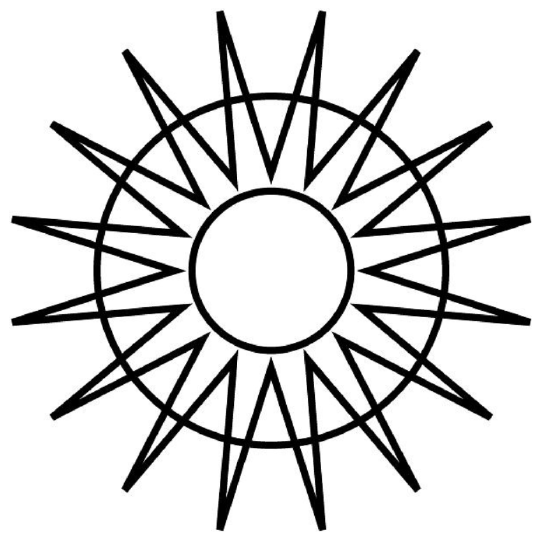7.1: The Cave
- Page ID
- 94544
See 514a-517c, and perhaps this. Socrates offers his remarkable cave allegory to illustrate in a general way the effect of education on people. At the end of the passage, he explains that the inside of the cave represents “the visible realm” (the world of particular things capable of being perceived through the senses), whereas the outside of the cave represents “the intelligible realm” (the world of forms capable of being understood by the rational part of the soul). The fire in the cave represents the sun in the heavens, while the sun outside the cave – “the last thing to be seen” – represents the form of the good. Socrates leaves the rest for his listeners to work out. Generations of intelligent troglodytes have found the exercise rewarding. See if you can’t work out a consistent set of answers to the following questions:
-
What are the bonds fettering the necks and feet of the people on the floor of the cave? (What is it that keeps you tied down to your present beliefs, preventing you from acquiring knowledge that goes beyond your past experiences?)
-
Who are the people up along the wall, talking, casting shadows, and in effect constituting the experience of the prisoners down below? (And what modern communication media does the shadow show suggest?)
-
What does carrying the statues signify?
-
What are the shadows that are cast upon the wall of the cave?
-
What is the pain and confusion that the prisoners suffer upon beingfreed?
-
What is it to drag a person into the sunlight?
-
What are the shadows and images outside of the cave that at first are the only things the freed prisoners are able to see in the intelligible realm?
-
What passes for wisdom among the prisoners in the cave? And how is this pseudo-wisdom acquired?
-
Why would the person who has seen the sun prefer to “go through any sufferings” than return to the way of life and mindset of the cave?
-
Why would the prisoners want to kill the person who tries to free them and lead them out of the cave?
-
Where do you suppose Socrates sees himself in this allegory? Is he trapped down below? Has he broken free? Is he one of those who has come to know the form of the good (“not reflections of it in water or some alien place, but the sun just by itself in its own place”), or does he still have yet to achieve this highest level of understanding?



